Organic modern interior design is more than just a trend—it’s a lifestyle choice that blends the warmth of nature with the sleekness of contemporary aesthetics. Imagine walking into a space where neutral tones harmonize with natural wood finishes, where indoor greenery breathes life into every corner, and where minimalist furniture coexists with textured fabrics and stone accents. This design philosophy is all about creating a sanctuary that feels both timeless and inviting. Whether you’re drawn to the simplicity of open floor plans or the tactile allure of woven accents, organic modern design offers endless possibilities to transform your home into a haven of tranquility and style. Ready to explore 25 inspiring ideas that will elevate your living space? Let’s dive into the world of organic modern interior design and discover how to bring its essence into your home.
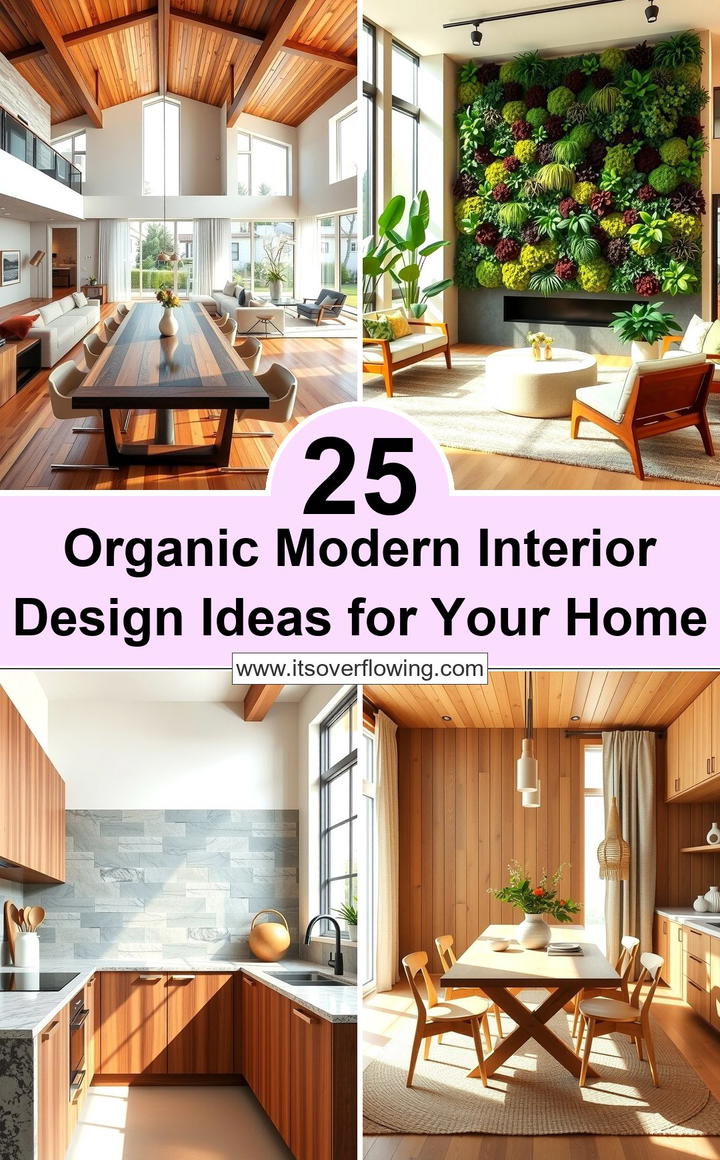
1. Neutral Color Palette
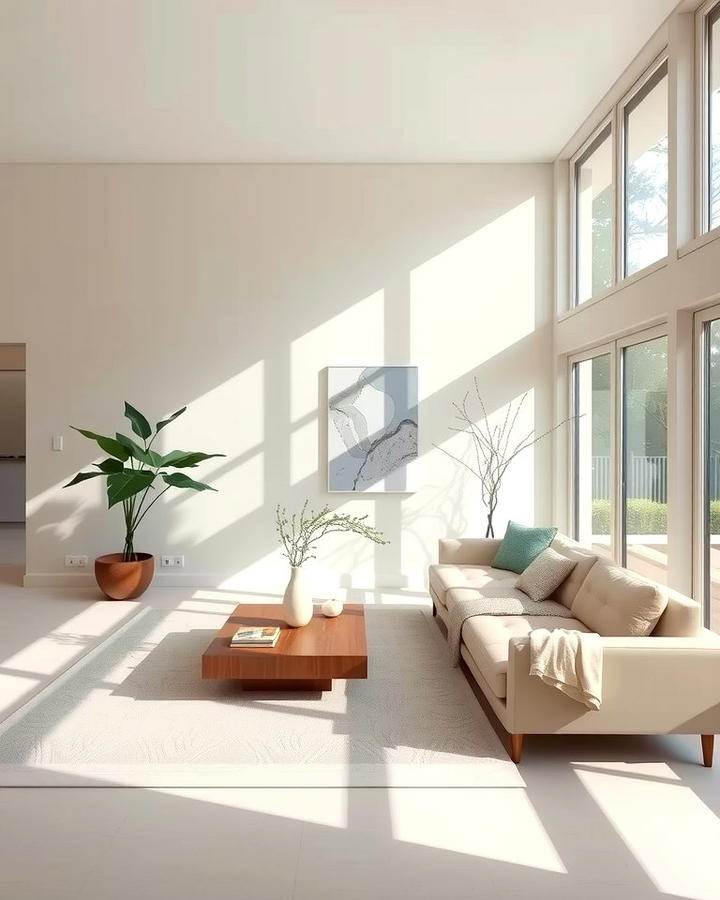
Incorporating a neutral color palette is the foundation of organic modern design. Shades like beige, cream, taupe, and soft gray create a calming environment that feels cohesive and serene. These tones mimic natural elements like stone, sand, and wood, bringing the outdoors inside. By choosing neutral hues, you allow furniture and decor to stand out without overwhelming the space. Additionally, neutral walls provide a versatile backdrop for layering textures and adding subtle pops of color through accessories, plants, or artwork, ensuring a timeless aesthetic.
2. Natural Wood Finishes
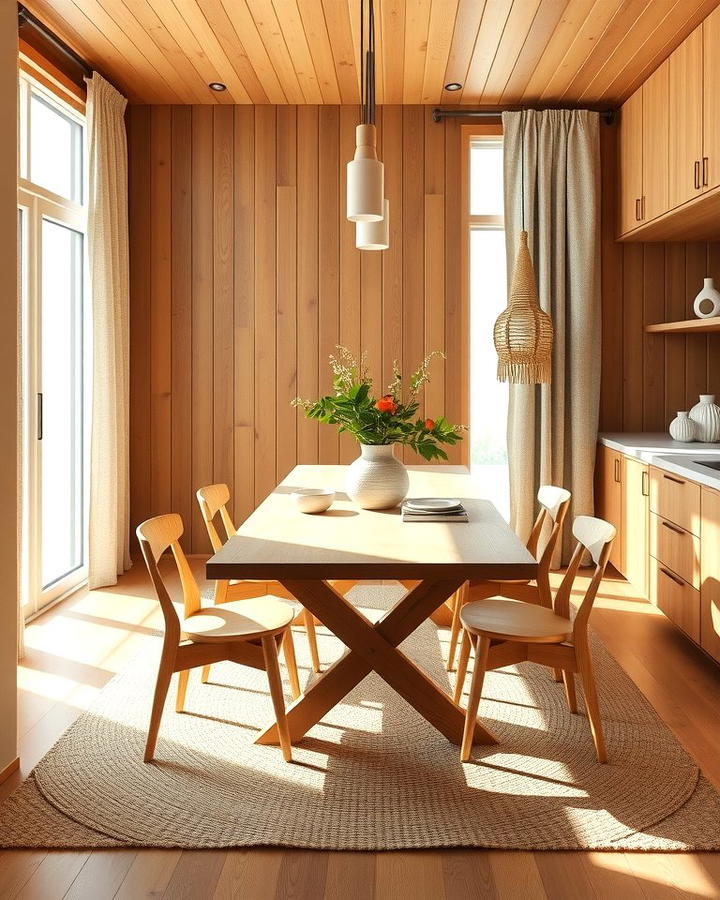
Natural wood finishes bring warmth and authenticity to organic modern interiors. Whether it’s oak, walnut, or reclaimed wood, using untreated or minimally treated wood enhances the texture and character of the space. Furniture, flooring, and accent pieces in natural wood create a connection to nature while adding visual depth. Furthermore, combining different wood tones thoughtfully can create contrast and interest, ensuring the space feels dynamic yet balanced. This sustainable choice also complements other organic materials like stone and linen.
3. Indoor Greenery
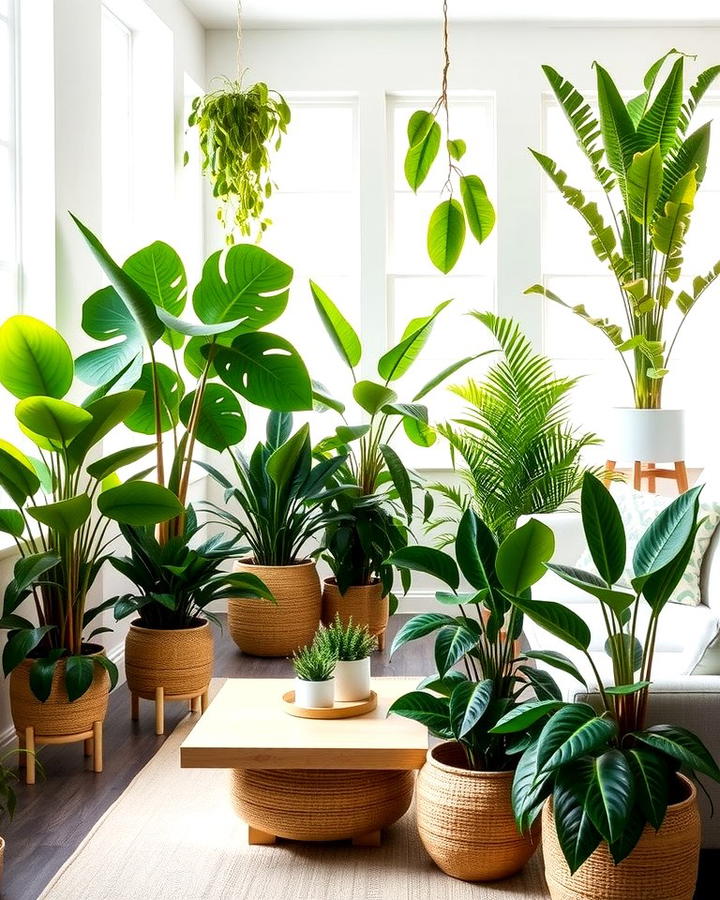
Adding indoor greenery introduces life, color, and freshness to your space. Plants like fiddle leaf figs, snake plants, or monstera not only purify the air but also create a harmonious connection with nature. Strategically placing greenery near windows or in bare corners can add dimension and soften rigid lines. Moreover, using woven or ceramic planters enhances the organic aesthetic. With proper care, these natural elements become an integral part of your home, offering a sense of tranquility and vibrancy.
4. Textured Fabrics
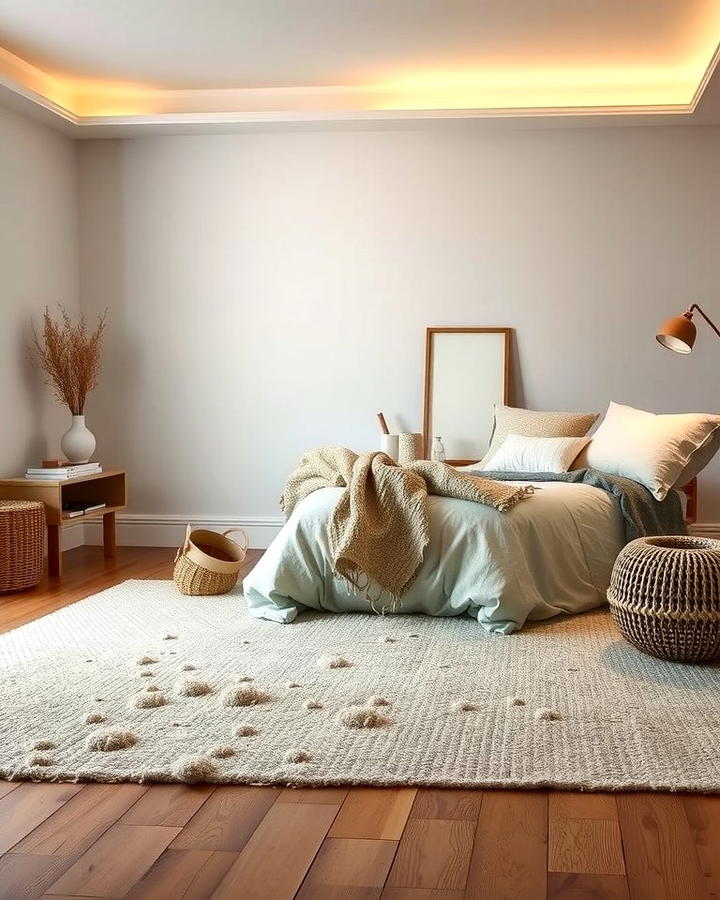
The use of textured fabrics adds depth and warmth to organic modern interiors. Incorporating materials like linen, wool, or cotton in cushions, throws, and rugs creates a cozy yet sophisticated ambiance. These fabrics evoke a sense of comfort while maintaining a natural and unpolished aesthetic. For instance, a chunky knit throw or a woven jute rug can soften sleek furniture, striking a balance between modern and organic. Furthermore, layering different textures keeps the space visually engaging without overwhelming it.
5. Minimalist Furniture
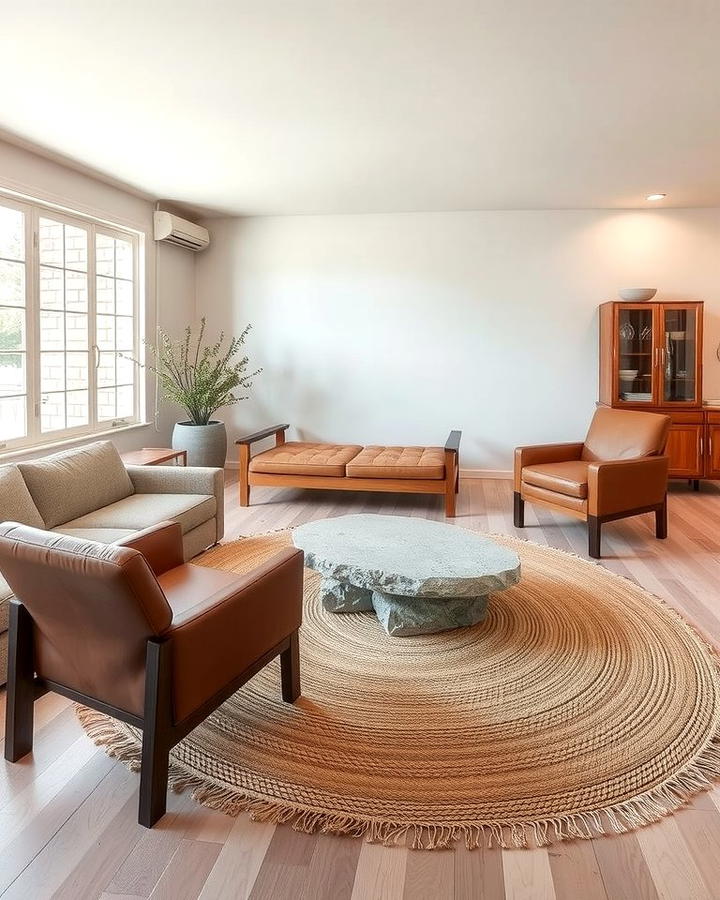
Minimalist furniture with clean lines and simple forms is central to organic modern design. Pieces that prioritize function without excessive ornamentation maintain a sense of openness and calm. Materials like wood, metal, and leather pair beautifully with neutral tones, creating a cohesive look. Additionally, selecting furniture with smooth, rounded edges can soften the overall aesthetic. By focusing on quality over quantity, you ensure that each piece contributes to the design without cluttering the space, achieving a harmonious balance.
6. Stone Accents
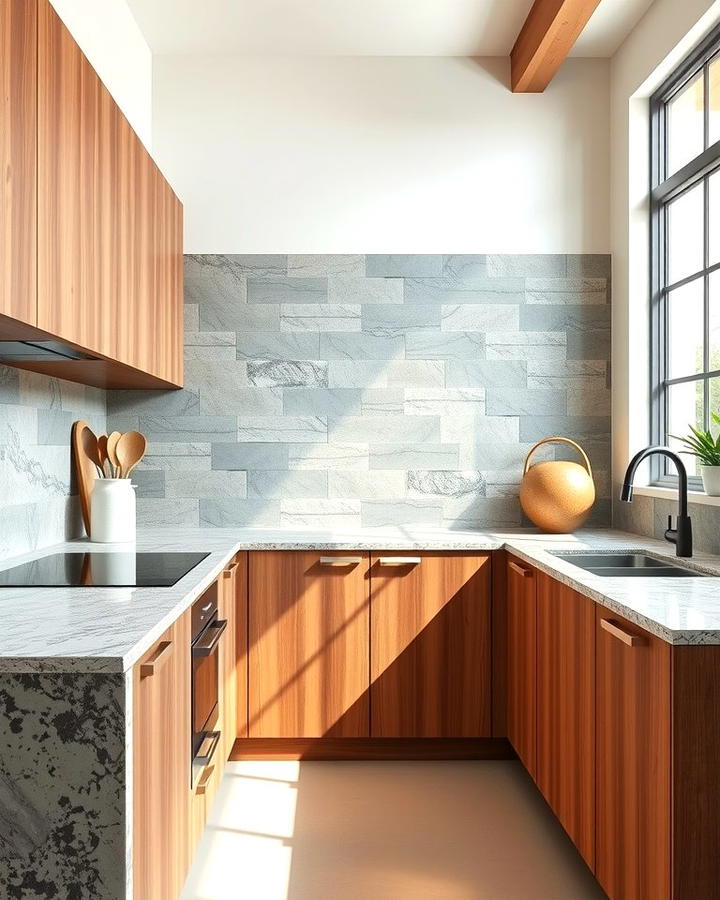
Stone accents introduce a raw, earthy quality to organic modern interiors. Whether through a stone fireplace, countertops, or decorative items like vases, the unique textures and patterns of stone add depth and character. Materials like marble, slate, or travertine work seamlessly with wood and other natural elements, enhancing the organic appeal. Furthermore, stone surfaces are durable and timeless, making them a practical yet stylish choice. Incorporating these accents creates a grounded, natural feel that exudes sophistication.
7. Open Floor Plans
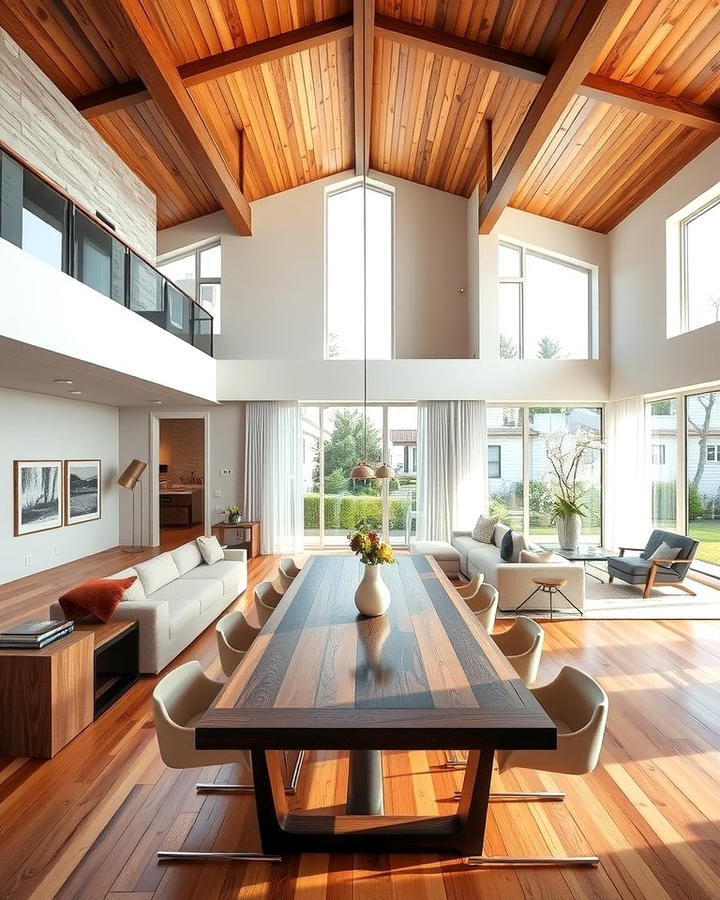
Open floor plans emphasize spaciousness and fluidity, key principles of organic modern design. By removing walls and barriers, you create an inviting space where natural light can flow freely. This layout encourages a seamless connection between living, dining, and kitchen areas, promoting a sense of unity. Additionally, open plans allow for flexible furniture arrangements, making it easier to highlight natural elements and textures. The result is a harmonious environment that feels airy, functional, and effortlessly stylish.
8. Sustainable Materials
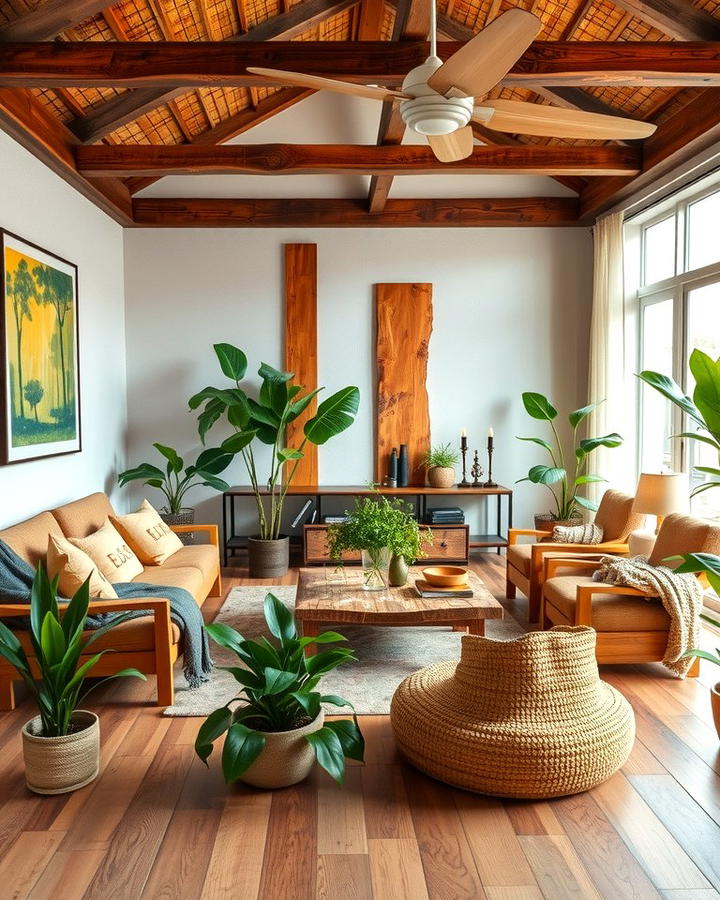
Using sustainable materials like bamboo, cork, or reclaimed wood aligns perfectly with the organic modern ethos. These eco-friendly options not only reduce environmental impact but also add authenticity and warmth to your space. For instance, bamboo flooring or cork furniture provides a unique texture while being highly durable. Additionally, opting for locally sourced materials supports craftsmanship and minimizes carbon footprints. By choosing sustainable options, you create a home that reflects your values while maintaining a chic and timeless design.
9. Layered Lighting
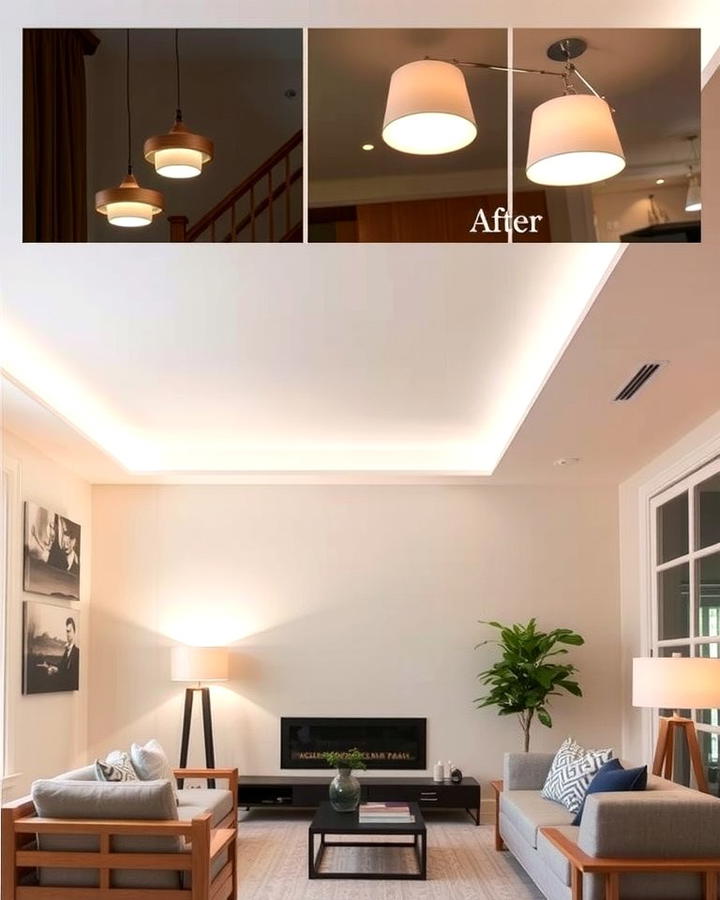
Layered lighting enhances the ambiance and functionality of organic modern interiors. Combining natural light with a mix of ambient, task, and accent lighting creates depth and flexibility. For example, pendant lights with natural finishes, floor lamps, and recessed lighting can work together to highlight key areas. Dimmers allow you to adjust the mood, ensuring the space feels warm and inviting at all times. Thoughtfully placed lighting accentuates textures and materials, adding a subtle glow that complements the overall design.
10. Woven Accents
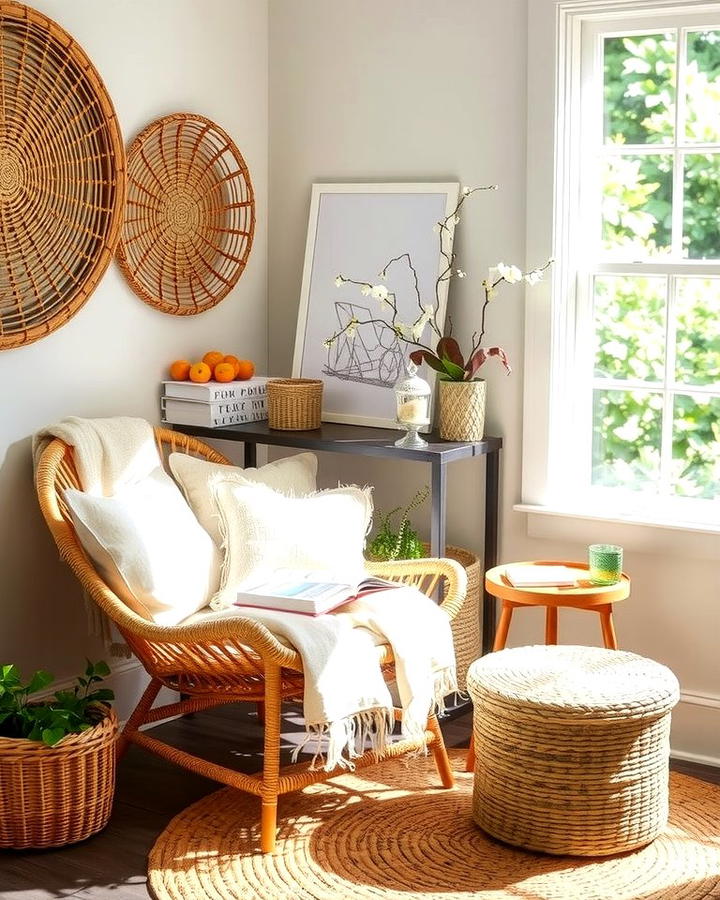
Woven accents like rattan baskets, wicker furniture, or jute rugs add texture and an organic touch to your interiors. These elements evoke a sense of handmade craftsmanship, enhancing the natural aesthetic. For instance, a rattan chair or woven pendant light can serve as a focal point, blending seamlessly with wood and neutral tones. Additionally, woven accessories are versatile and timeless, making them perfect for layering in any room. They provide a tactile element that softens modern lines and adds visual interest.
11. Large Windows

Large windows maximize natural light and create a seamless connection between indoor and outdoor spaces. Floor-to-ceiling glass panes or expansive sliding doors enhance the feeling of openness and bring nature into focus. This design feature not only reduces the need for artificial lighting during the day but also highlights organic elements like wood, stone, and greenery. Additionally, unobstructed views of the outdoors can create a calming atmosphere, making the space feel more expansive and serene.
12. Earthy Tones
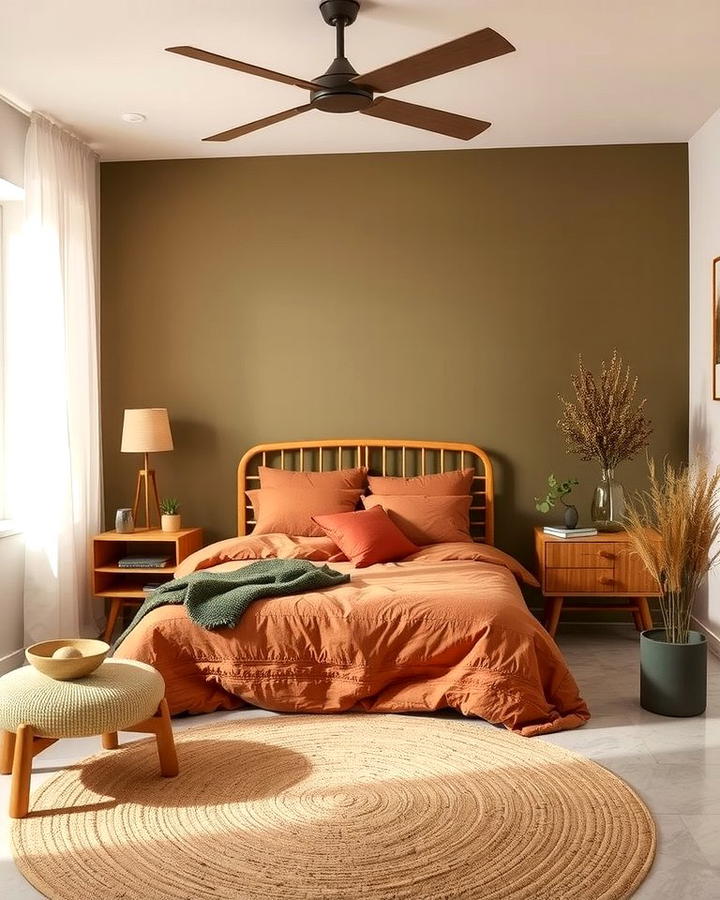
Earthy tones like terracotta, olive green, and muted browns infuse warmth and depth into your spaces. These colors mirror the natural surroundings, creating a grounded and inviting ambiance. For example, an olive green accent wall or terracotta pottery can add subtle vibrancy without overpowering the room. Paired with neutral shades, earthy tones provide contrast and visual harmony. Furthermore, these hues work beautifully with natural materials like wood and stone, enhancing the organic modern aesthetic.
13. Sculptural Decor
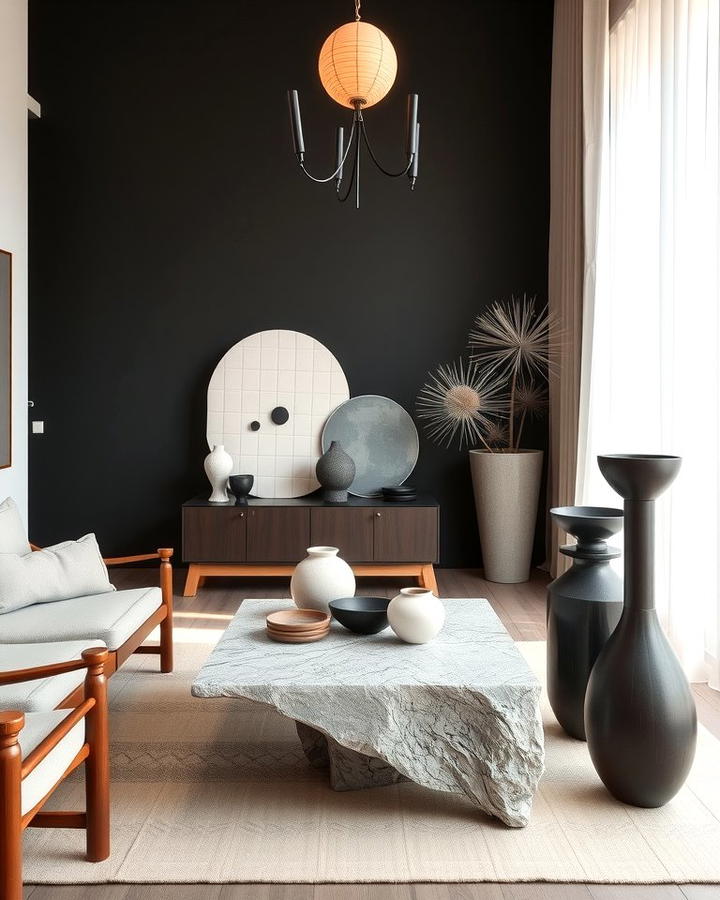
Sculptural decor introduces an artful and modern flair to organic interiors. Pieces like abstract ceramics, asymmetrical vases, or textured wall art create focal points that add personality and character. These elements contrast beautifully with the simplicity of natural materials, striking a balance between form and function. Additionally, sculptural decor emphasizes craftsmanship and individuality, ensuring your space feels curated and unique. By opting for timeless designs, you can maintain a cohesive aesthetic that evolves with trends.
14. Matte Finishes
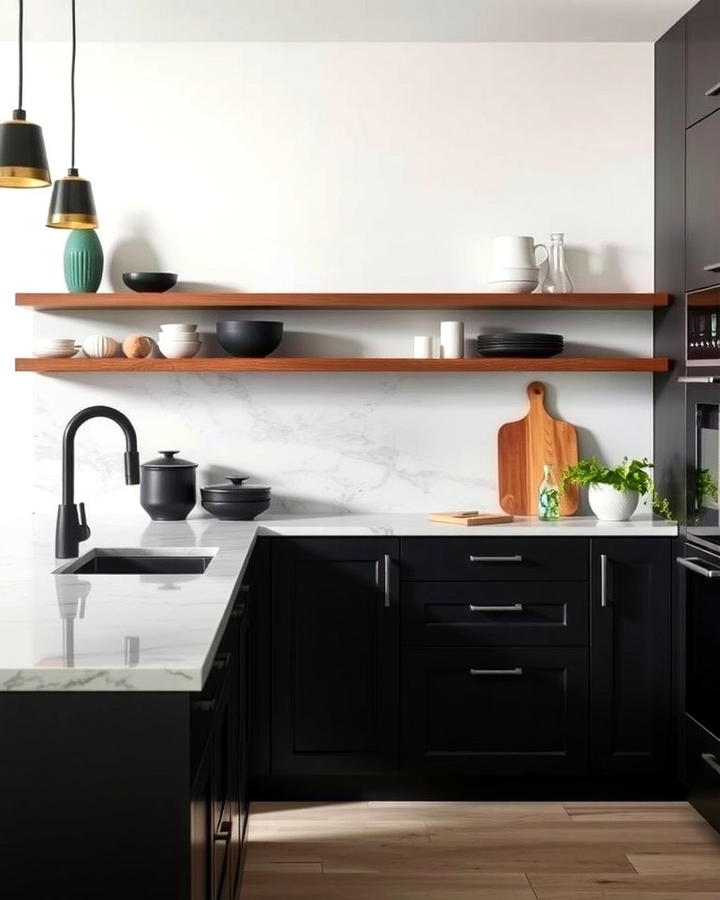
Matte finishes add a subtle, understated elegance to organic modern interiors. Whether in furniture, paint, or decor, matte surfaces create a soft, non-reflective texture that complements natural materials. For instance, matte black fixtures or cabinetry can add a modern edge without overpowering the space. This finish also enhances the tactility of materials like stone or wood, emphasizing their natural beauty. Furthermore, matte finishes are low-maintenance, hiding fingerprints and smudges, making them a practical yet stylish choice.
15. Organic Shapes
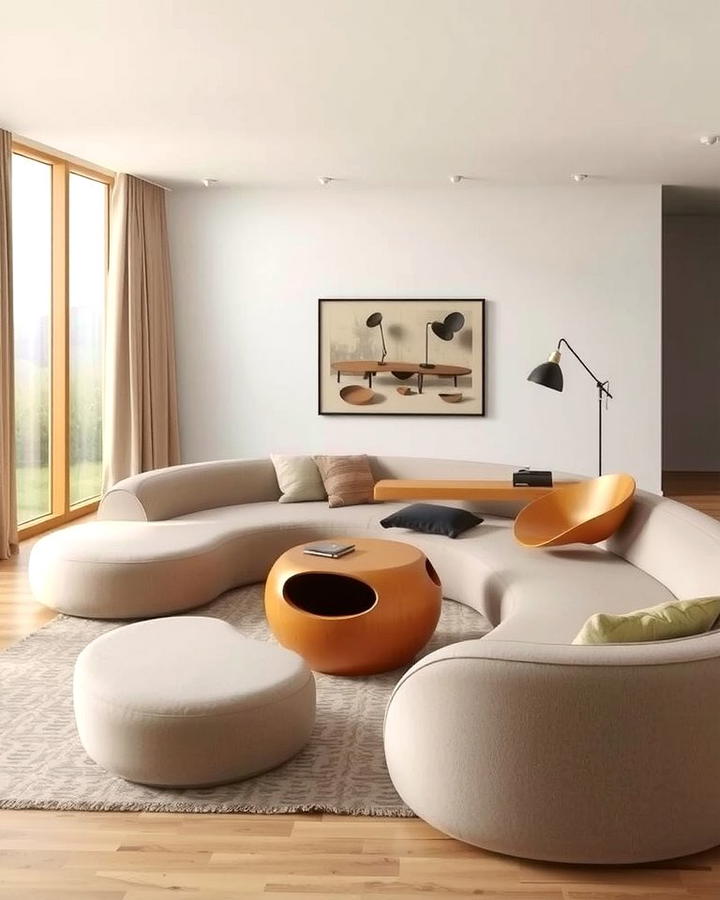
Organic shapes inspired by nature, such as rounded furniture or irregular decor, soften the sharp angles typical of modern design. These forms evoke a sense of fluidity and movement, creating a relaxed and inviting atmosphere. For example, a curved sofa or oval coffee table can add a sculptural element while maintaining functionality. Organic shapes also pair beautifully with natural materials, ensuring a cohesive aesthetic. By incorporating these elements, you bring a sense of balance and harmony to your interiors.
16. Earthy Textiles for a Natural Touch
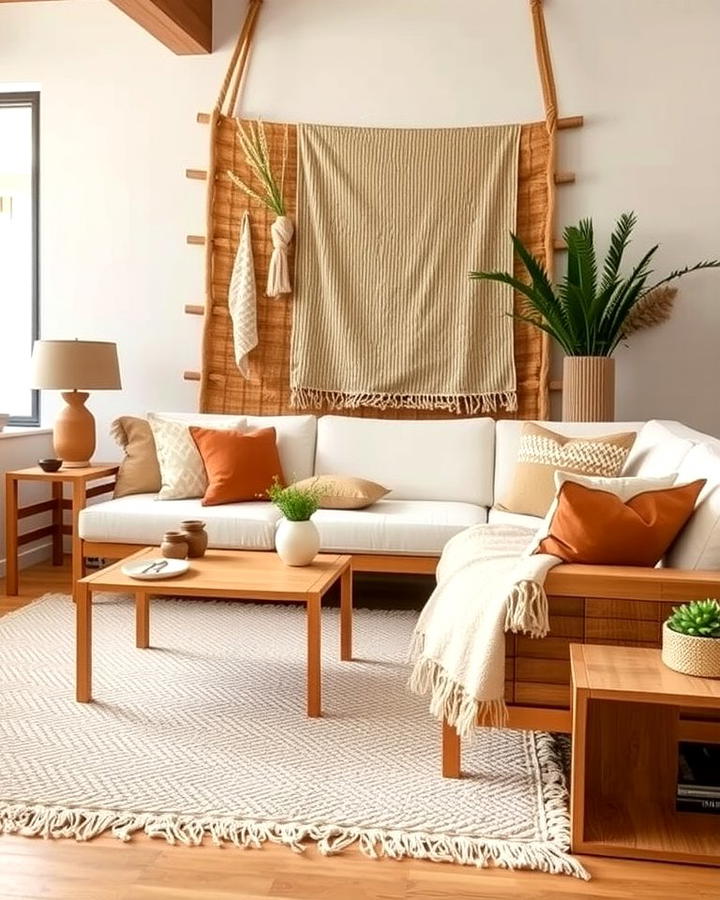
With the inclusion of earthy textiles, your space can exude warmth and authenticity. Opt for materials like organic cotton, linen, or wool in neutral tones to enhance the organic modern aesthetic. These textiles not only feel soft and inviting but also add texture and depth to your interiors. From throw pillows to area rugs, they create a cohesive, grounded atmosphere. Additionally, incorporating handwoven or ethically sourced fabrics promotes sustainability, aligning perfectly with the principles of organic design.
17. Minimalist Wooden Furniture
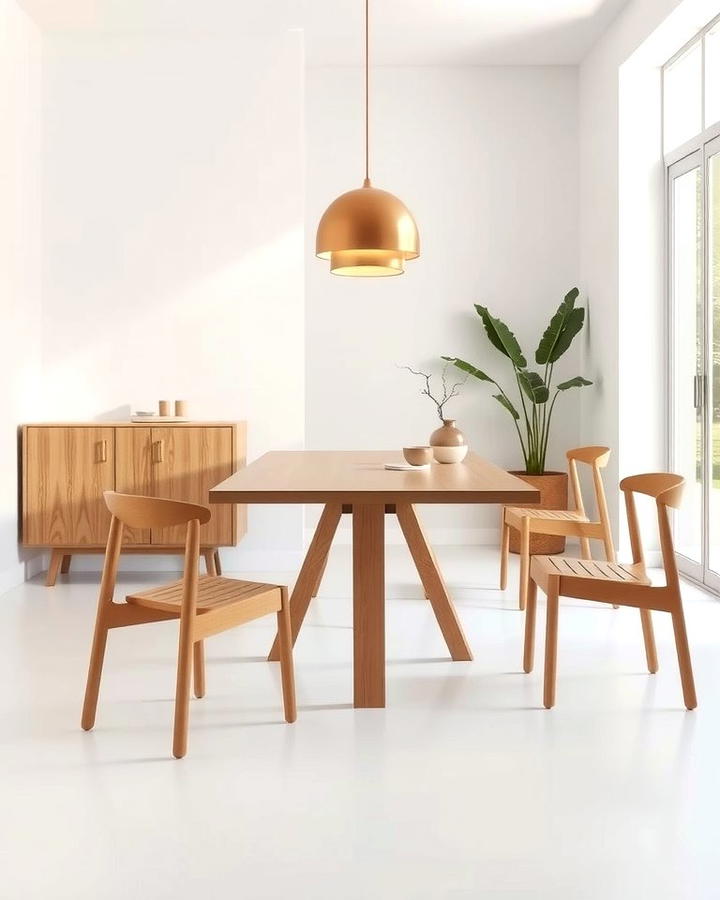
Amid modern design, minimalist wooden furniture stands out as a timeless element. Choose pieces with clean lines and natural finishes to maintain visual simplicity while showcasing the beauty of the wood grain. Whether it’s a sleek dining table or a compact sideboard, such furniture merges functionality with organic charm. Besides, using responsibly sourced or reclaimed wood ensures environmental consciousness. This approach not only reduces waste but also adds character, making each piece truly unique.
18. Indoor Water Features
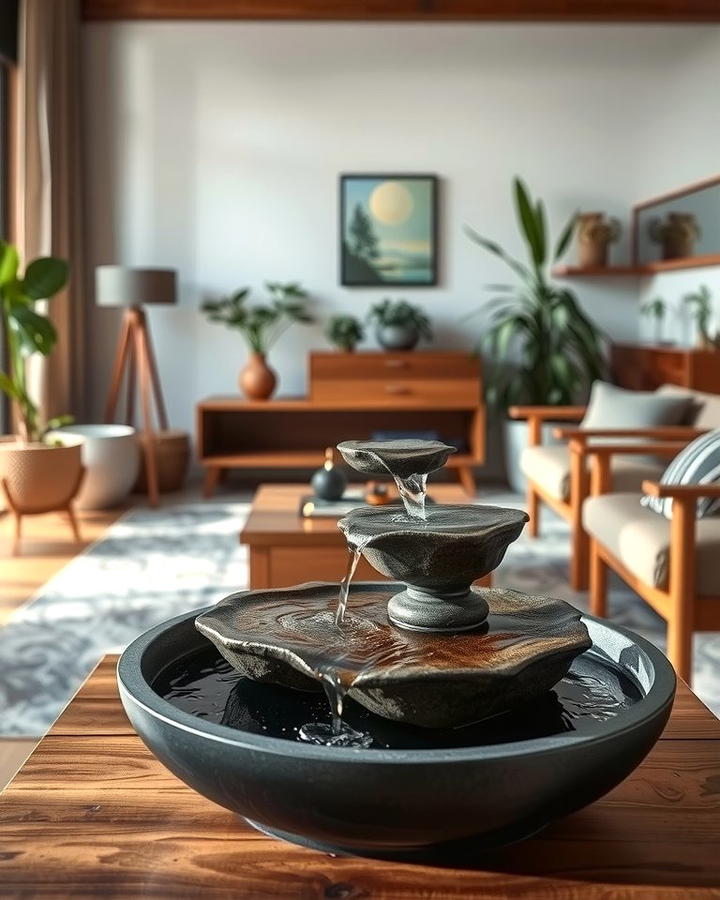
Incorporating an indoor water feature introduces tranquility and a natural element to your living space. A small tabletop fountain or a wall-mounted water installation brings a soothing ambiance with the gentle sound of flowing water. Furthermore, it enhances the organic modern vibe by mimicking natural environments. These features can also improve air quality and create a calming effect, making them ideal for relaxation areas like living rooms, bedrooms, or meditation corners.
19. Green Walls for Vertical Charm
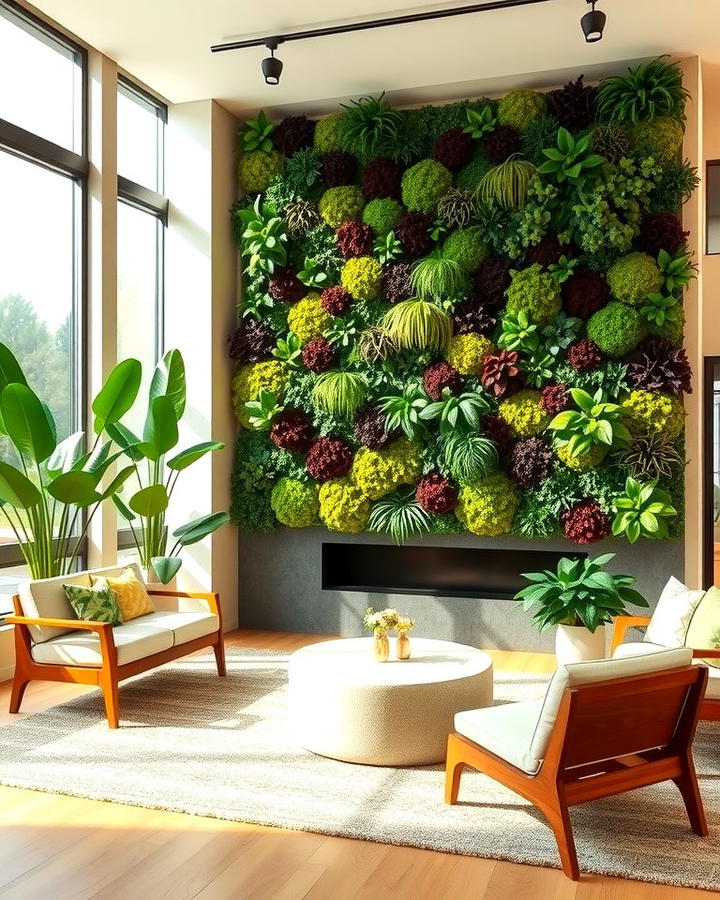
Surprisingly, green walls can transform plain vertical spaces into living works of art. These lush installations add greenery without occupying floor space, making them perfect for compact interiors. Beyond aesthetics, green walls improve air quality and promote a sense of well-being. You can opt for live plants or preserved moss, depending on your maintenance preference. Whether covering an entire wall or creating a smaller focal piece, they seamlessly blend nature with modernity.
20. Neutral, Organic Color Palettes
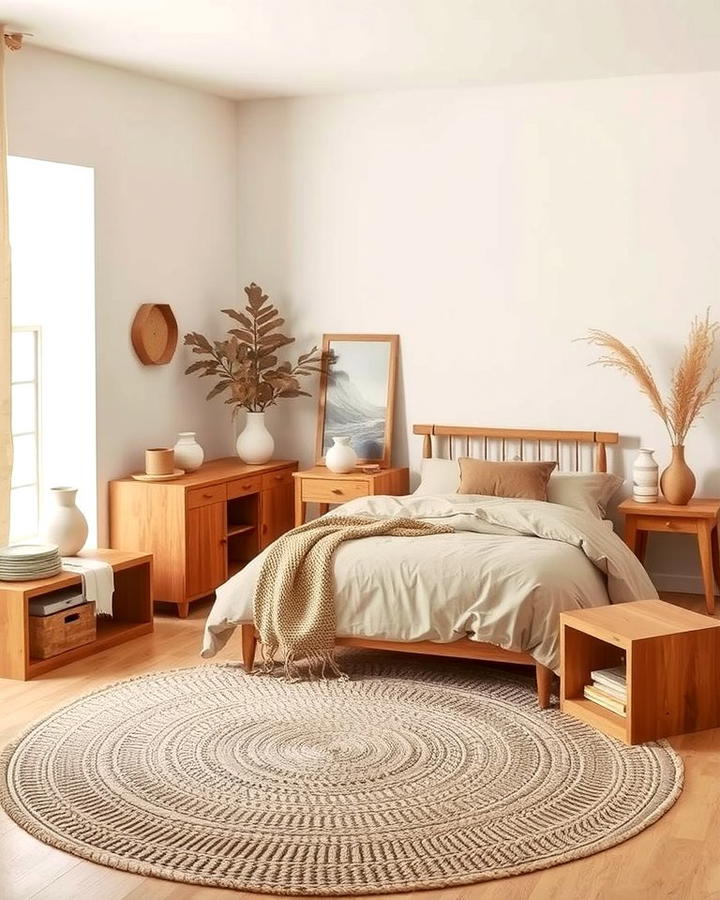
Neutral, organic color palettes form the foundation of organic modern interiors. Shades like beige, taupe, and soft white create a calming backdrop while allowing natural materials to stand out. This understated approach fosters a serene, cohesive ambiance throughout your home. Additionally, incorporating subtle accents in muted greens or earthy browns introduces depth and variety without overwhelming the space. Such palettes work harmoniously with both minimalist and layered designs.
21. Open Shelving with Natural Elements
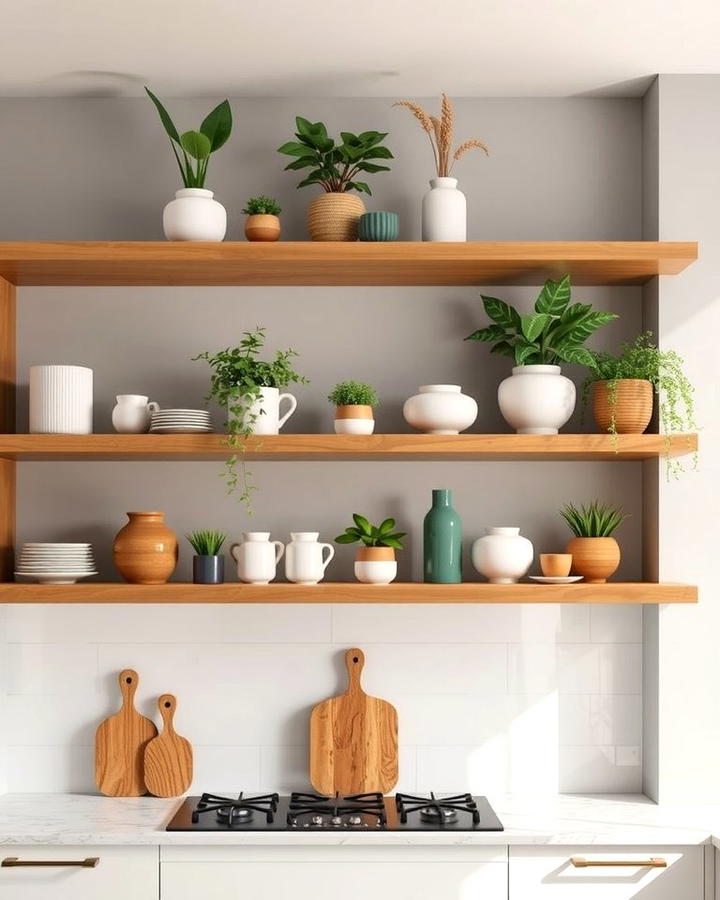
Open shelving provides an excellent opportunity to display natural elements in a modern way. Use wooden or metal shelves to showcase items like potted plants, ceramic vases, or woven baskets. This not only adds visual interest but also keeps the space airy and uncluttered. Furthermore, styling the shelves with a mix of textures and materials enhances the organic aesthetic. Remember, balance is key—avoid overcrowding to maintain a clean, cohesive look.
22. Statement Lighting with Organic Shapes
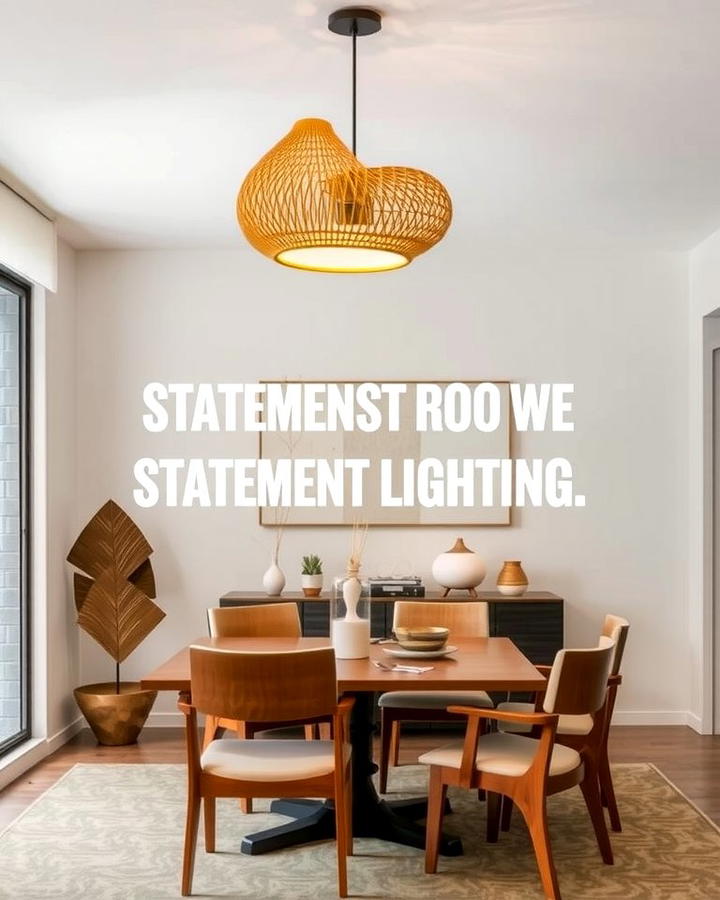
When choosing lighting, organic shapes can create a striking yet harmonious effect. Pendant lights or chandeliers crafted from natural materials like rattan, wood, or paper bring a sculptural element to your interiors. Their unique forms mimic nature’s curves, adding softness to modern spaces. Additionally, warm-toned bulbs enhance the cozy ambiance, making the lighting both functional and decorative. Such fixtures serve as conversation starters while blending seamlessly into the organic modern theme.
23. Natural Stone Accents
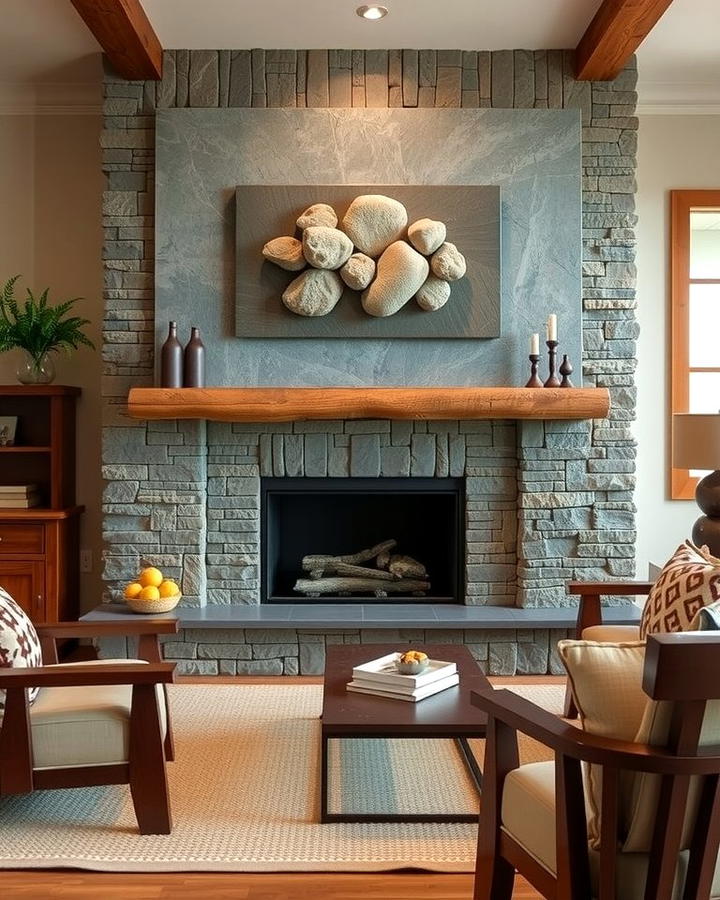
Natural stone accents introduce a touch of rugged elegance to any room. From marble countertops to slate tiles or river rock details, stone materials bring durability and sophistication. Their unique textures and patterns create visual interest while maintaining a connection to nature. Additionally, using locally sourced or reclaimed stone supports eco-friendly practices. Whether featured in a fireplace surround or as decorative objects, these accents effortlessly elevate the organic modern aesthetic.
24. Oversized Windows for Natural Light
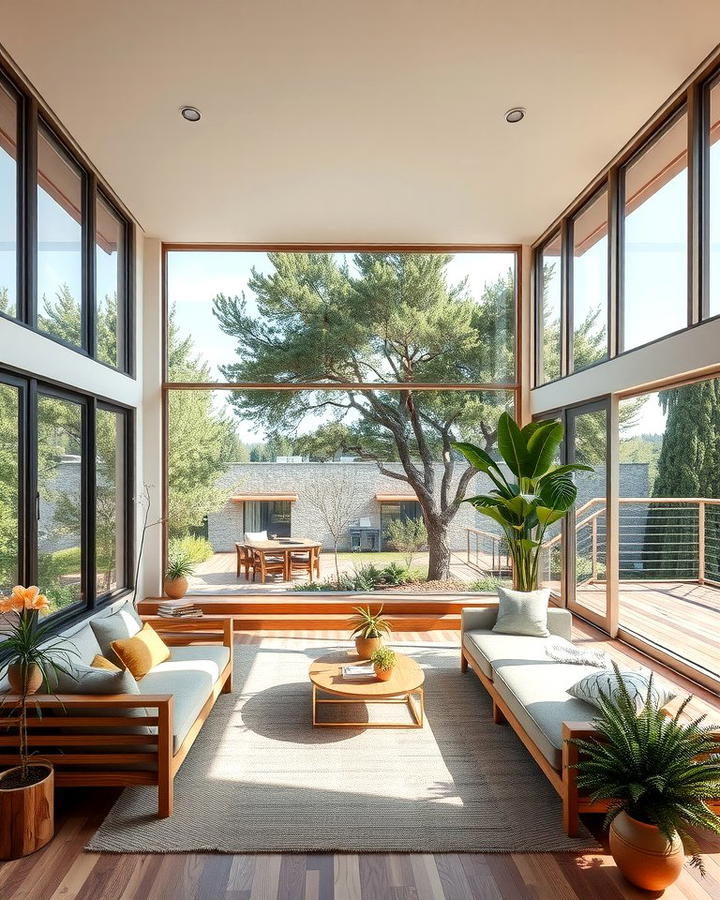
Oversized windows maximize natural light, blurring the line between indoor and outdoor spaces. Expansive glass panes not only brighten interiors but also highlight the surrounding landscape, reinforcing your connection to nature. Additionally, they reduce the need for artificial lighting during the day, promoting energy efficiency. Pair them with light, airy curtains or leave them bare for an unobstructed view. This design choice creates an open, tranquil atmosphere that aligns perfectly with organic modern principles.
25. Layered Rugs for Texture and Warmth
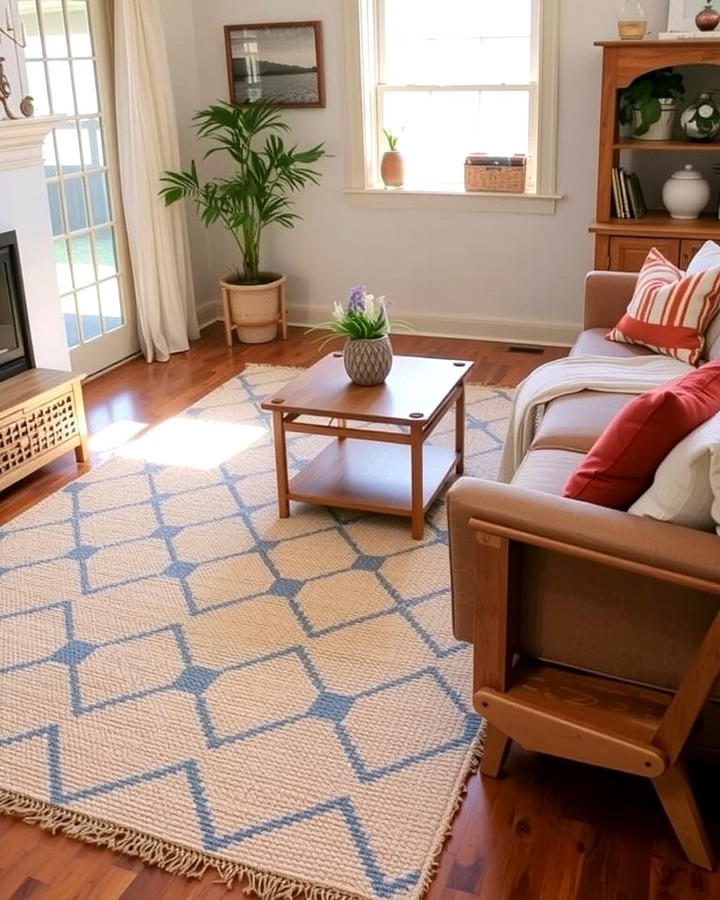
Finally, layered rugs are an inviting way to add texture and warmth to your interiors. Combining rugs of varying materials, patterns, or sizes creates visual depth and a cozy feel. For an organic modern look, opt for natural fibers like jute, sisal, or wool in earthy tones. Additionally, layering allows you to experiment with contrasts, such as pairing a neutral base rug with a smaller patterned one. This approach adds personality while maintaining the overall cohesive design.
Conclusion
Organic modern interior design is a celebration of nature’s beauty and contemporary sophistication, offering a perfect balance between comfort and style. From embracing neutral color palettes and natural wood finishes to incorporating indoor greenery and sustainable materials, each idea we’ve explored brings a unique touch to your home. Whether you’re drawn to the simplicity of minimalist furniture or the elegance of stone accents, these concepts can help you create a space that feels both serene and stylish. By blending earthy tones, organic shapes, and layered textures, you can craft a home that reflects your connection to nature while maintaining a modern edge. Ready to transform your space? Start with these 25 ideas and let your home become a true reflection of organic modern living.
